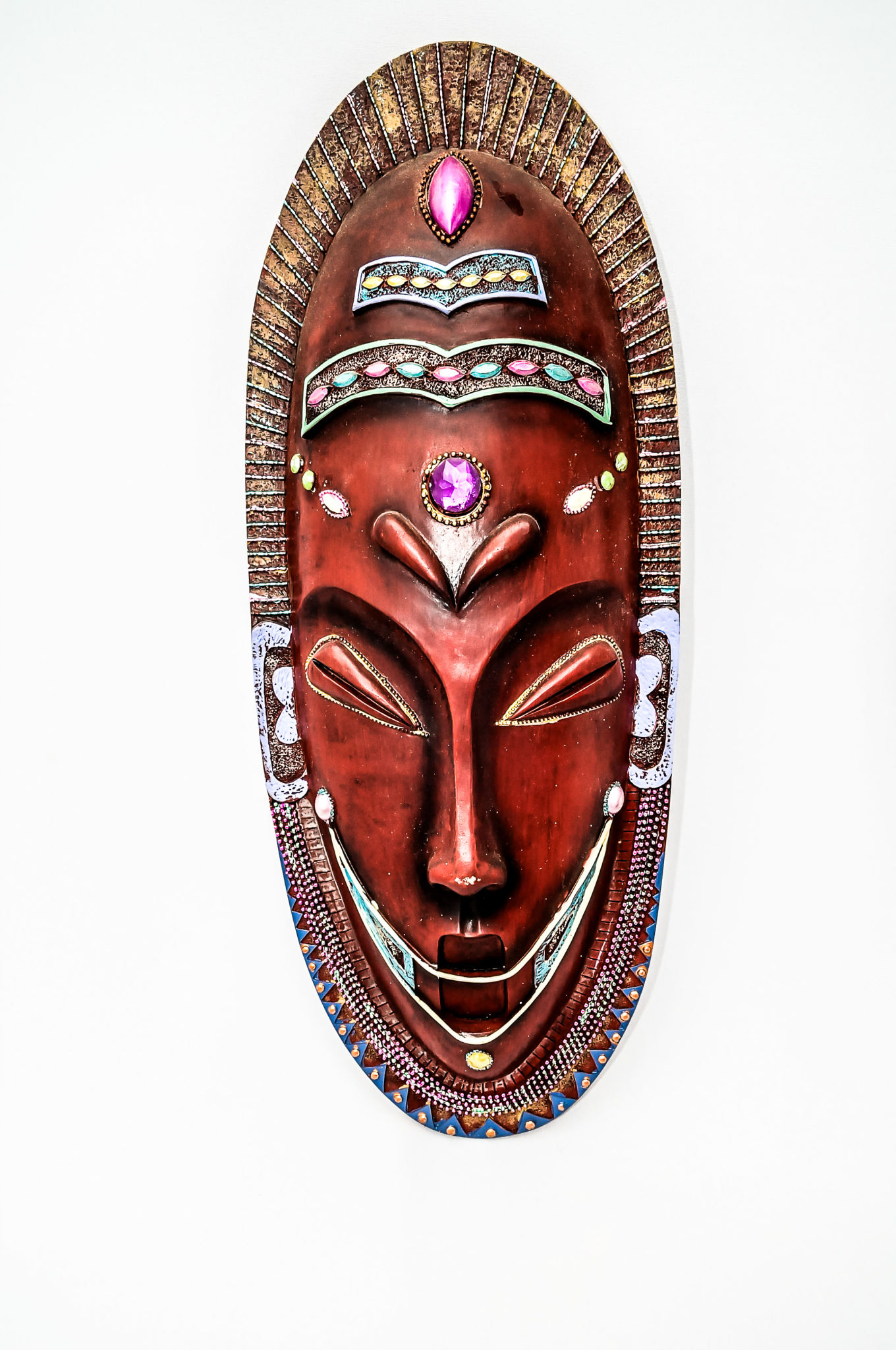How to Choose the Perfect African Mask for Your Dance Performance
Understanding the Cultural Significance
Choosing the perfect African mask for your dance performance involves more than just selecting a visually appealing piece. African masks hold deep cultural significance, often embodying spiritual, social, and historical meanings. They are used in various ceremonies and dances, each mask representing different ancestors, deities, or spirits. Understanding the cultural background and the symbolism of the mask is crucial to ensure that your performance is respectful and authentic.
Before making your choice, research the specific tribe or region from which the mask originates. Different tribes and regions have their own unique styles, symbols, and traditions associated with their masks. By appreciating this context, you'll be better equipped to select a mask that aligns with your performance's theme and purpose.

Identifying the Purpose of Your Performance
When choosing an African mask for a dance performance, it's essential to identify the purpose of your performance. Are you aiming to tell a story, celebrate a particular event, or pay homage to a specific tradition? The purpose will guide you in selecting a mask that enhances your narrative and resonates with your audience.
For storytelling performances, consider masks that depict characters or animals from African folklore. If your dance is part of a celebration or festival, opt for vibrant and colorful masks that convey joy and festivity. Alternatively, if your performance is more solemn or spiritual, select masks with deeper symbolic meanings.
Considering Aesthetic Elements
While cultural significance should be at the forefront of your selection process, the aesthetic elements of the African mask also play a vital role. Look for masks that complement your costume and choreography. Consider factors such as size, shape, color, and materials used in the construction of the mask.
For example, a large, intricately carved mask might be more suitable for a solo performer, as it can capture attention and add drama to the performance. Conversely, smaller masks may be better suited for group dances, where movement flow is key. Ensure that the colors of the mask harmonize with your costume to create a cohesive visual effect on stage.

Ensuring Comfort and Fit
An often-overlooked aspect of selecting an African mask for dance is ensuring comfort and fit. As a performer, you'll be wearing the mask for an extended period, so it's important that it feels comfortable and secure. Check that the mask has proper padding or support where it touches your face.
Adjustable straps or ties can help achieve a snug fit that doesn't slip during vigorous movements. Test the mask in advance to ensure it doesn't obstruct vision or breathing. Prioritizing comfort will allow you to focus on delivering an engaging and energetic performance without distractions.
Finding Authentic Sources
To ensure authenticity and respect for African culture, source your mask from reputable sellers who provide ethically-sourced and genuine pieces. Look for artisans or shops that specialize in African crafts and have a deep understanding of the cultural significance behind their products.

Avoid purchasing from mass-produced outlets that may not respect traditional craftsmanship. Supporting authentic artisans not only enhances the cultural value of your performance but also contributes to sustaining traditional art forms and supporting local communities.
Finalizing Your Choice
Once you've gathered all necessary information and considered all factors—cultural significance, performance purpose, aesthetics, comfort, and authenticity—it's time to make your final decision. Trust your instincts and choose a mask that speaks to you and aligns with your vision for the performance.
Remember that the right African mask can elevate your dance by adding depth, emotion, and visual impact. By taking the time to select thoughtfully, you not only honor African traditions but also create a memorable experience for your audience.
